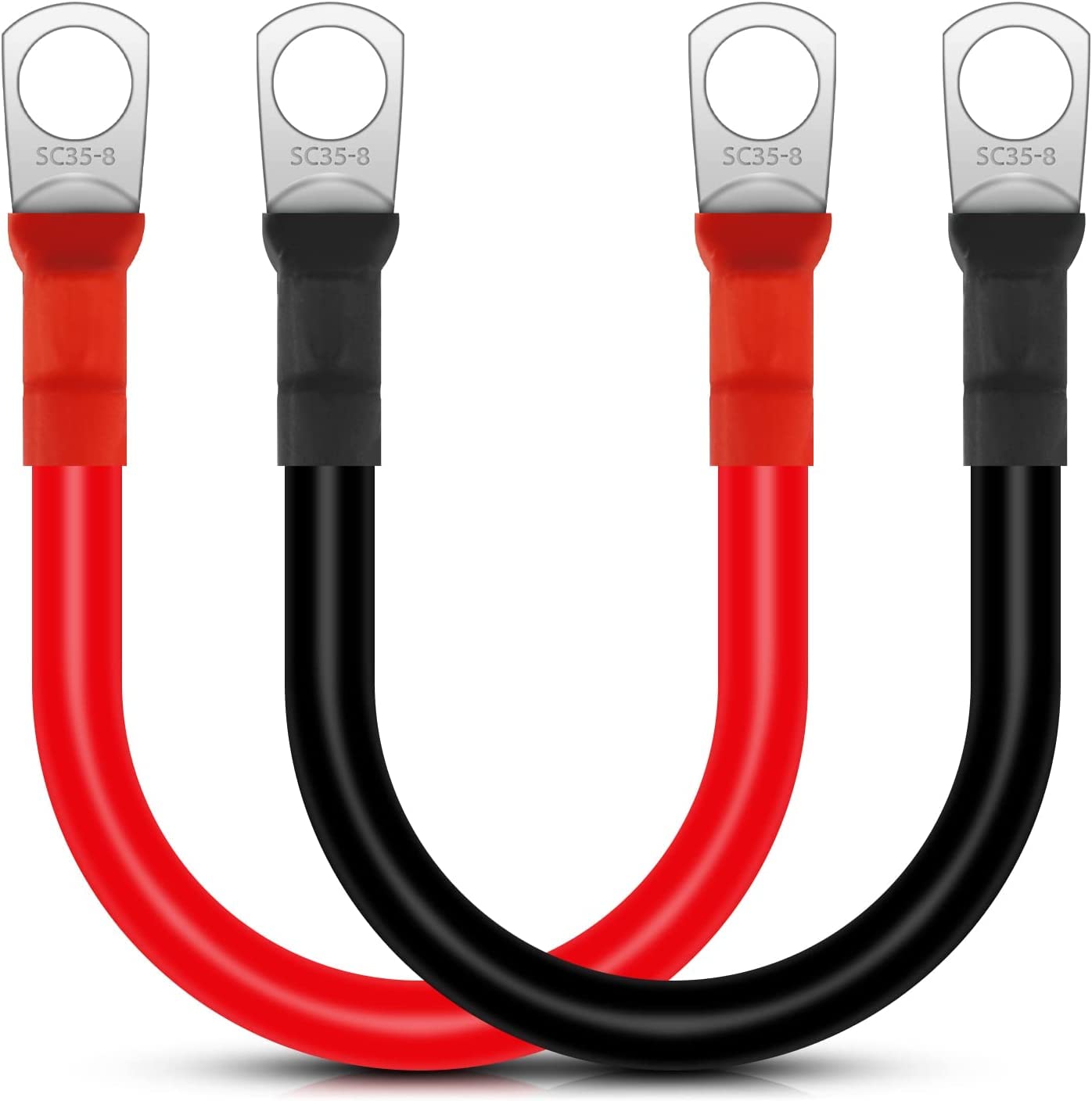
Car battery cables are an integral part of a vehicle's electrical system, responsible for transmitting power from the battery to various electrical components, ensuring proper operation. This comprehensive guide explores the world of car battery cables, covering their types, importance, construction, installation, maintenance, signs of failure, and replacement.
Car battery cables, often referred to as battery leads or battery wires, are heavy-duty, insulated cables that connect a vehicle's battery to the electrical system. These cables are responsible for transmitting electrical power from the battery to the starter motor, ignition system, lights, and other electrical components. They facilitate the vehicle's starting process and ensure that various electrical systems function correctly.
Car battery cables come in various types, each designed for specific purposes. The primary types include:
Battery Positive Cable: Connects the positive terminal of the battery to the starter motor and distributes power throughout the vehicle. This cable is often red and is critical for engine ignition and power distribution.
Battery Negative Cable: Links the negative terminal of the battery to the vehicle's chassis, grounding the electrical system. It is typically black and is essential for maintaining the electrical ground of the vehicle.
Starter Cable: Specifically designed to transmit high currents from the battery to the starter motor during engine ignition. It is a heavy-duty cable built to withstand the high current demands of engine starting.
Understanding these cable types is essential for proper maintenance and replacement.
Car battery cables are of paramount importance as they serve several critical functions:
Transmitting power from the battery to various electrical components, enabling the vehicle to start and function properly.
Ensuring proper engine ignition by delivering electrical power to the starter motor.
Distributing electrical power to other vehicle systems, including lights, ignition, and electronics.
Grounding the electrical system by connecting the battery's negative terminal to the vehicle's chassis.
Properly functioning car battery cables are essential for reliable vehicle operation.
Car battery cables are typically constructed with several layers, including:
Conductor: The innermost core of the cable, usually made of copper or aluminum, responsible for conducting electrical current.
Insulation: A layer of insulation material, often made of rubber or PVC, that surrounds the conductor, preventing electrical contact and protecting against damage.
Shielding (optional): Some high-end cables may feature shielding to further protect against electromagnetic interference (EMI) and radio-frequency interference (RFI).
Jacket: The outermost layer, providing additional protection against environmental factors such as heat, moisture, and abrasion.
Understanding the construction of car battery cables helps in selecting cables suitable for specific vehicle and environmental conditions.
Correct installation and regular maintenance of car battery cables are essential to ensure their longevity and reliable performance. Best practices for installation include proper routing, secure connections, and protection against abrasion and heat. Regular maintenance involves cleaning, visual inspections, and testing to detect potential issues early and ensure continued reliability.
Recognizing the signs of car battery cable failure is crucial for preventing electrical system malfunctions and unexpected breakdowns. Common signs of cable failure include corrosion, fraying, melting, and poor electrical conductivity. Identifying these issues promptly can save you from costly repairs and inconvenience.
When car battery cables become damaged or show signs of failure, replacement becomes necessary. This section guides you through the process of replacing battery cables, including selecting the right replacement cables, disconnecting the old ones, and installing the new cables securely. Proper replacement ensures the continued electrical reliability of your vehicle.
Car battery cables are fundamental components in a vehicle's electrical system, enabling proper engine ignition and electrical system functionality. This guide has provided a comprehensive overview of car battery cables, covering their types, importance, construction, installation, maintenance, signs of failure, and replacement. Understanding these aspects is essential for maintaining a vehicle's electrical integrity and ensuring reliable performance.
Company:Jiukai Special Cable (Shanghai) Co., Ltd.
Contact:Ms. Ding
Tel:0086 021-57186991
Mobile:+86 13585832527
E-mail:daniel@jiukaicable.com
Address:No. 875, Puwei Highway Nanqiao Town, Fengxian District, Shanghai,China